A citizen science project is where scientific data is collected by a non-academic scientist. But who are these citizen scientists?
where do they collect data? what is their average productivity in observations? and does data collection change seasonally as the project ages?
All these are important questions that administrators of citizen science projects would love to have answers for. Understanding the behavior of the citizen volunteers that participate in these initiatives could allow administrators to improve the level of participation, strengthen the network of collaborators, raise the quality of data collected and ultimately assure the long-term sustainability of the project.
Two researchers from the Universidad Estatal a Distancia, Julian Monge-Nájera and Carolina Seas, analyzed the profile of citizen science projects on one of the most dominant subjects – roadkill. They searched for projects on the platform iNaturalist, one of the largest citizen science websites in the world, and found 24 projects that meet their criteria from which 17 were analyzed in greater detail.
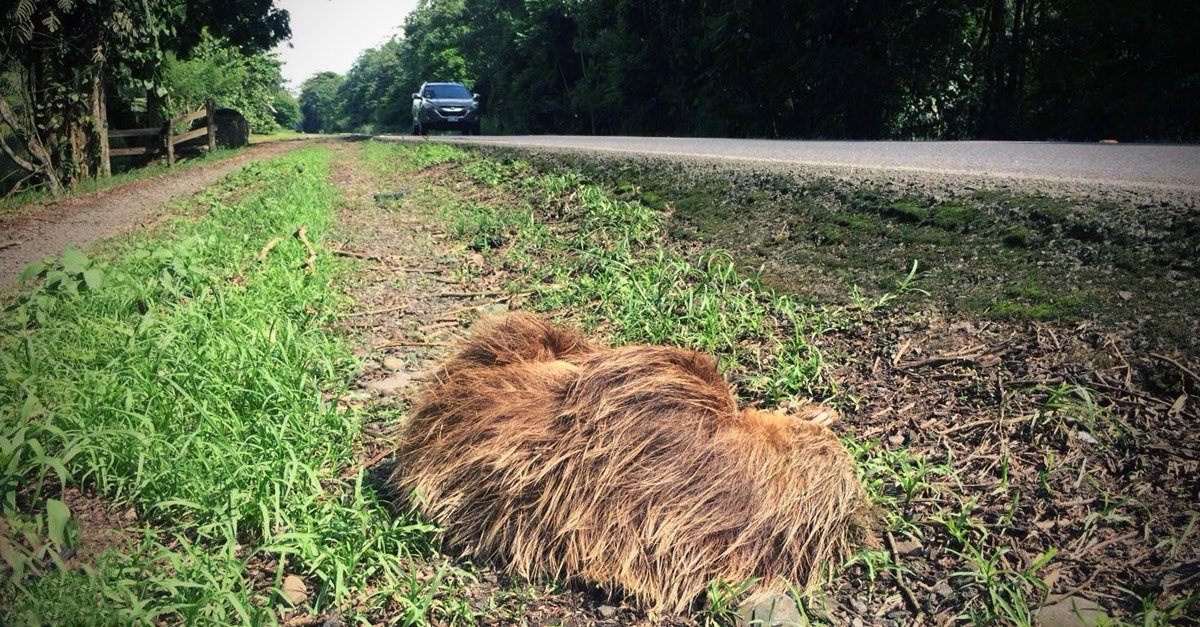
Where are the citizen scientist, who are they and how much data are they collecting?
The researchers found ten projects collecting data in the USA, four in Mexico, two in Canada, two in Costa Rica and one project is active in each of these six countries: Argentina, Honduras, Hong Kong, Israel, Italy and Spain. Continuing with the ‘who’, or as the researchers called it “index of democratization”, smaller projects seem to have their own champions – people who contribute most of the data to the project, while larger projects have a greater number of participants contributing data more evenly.
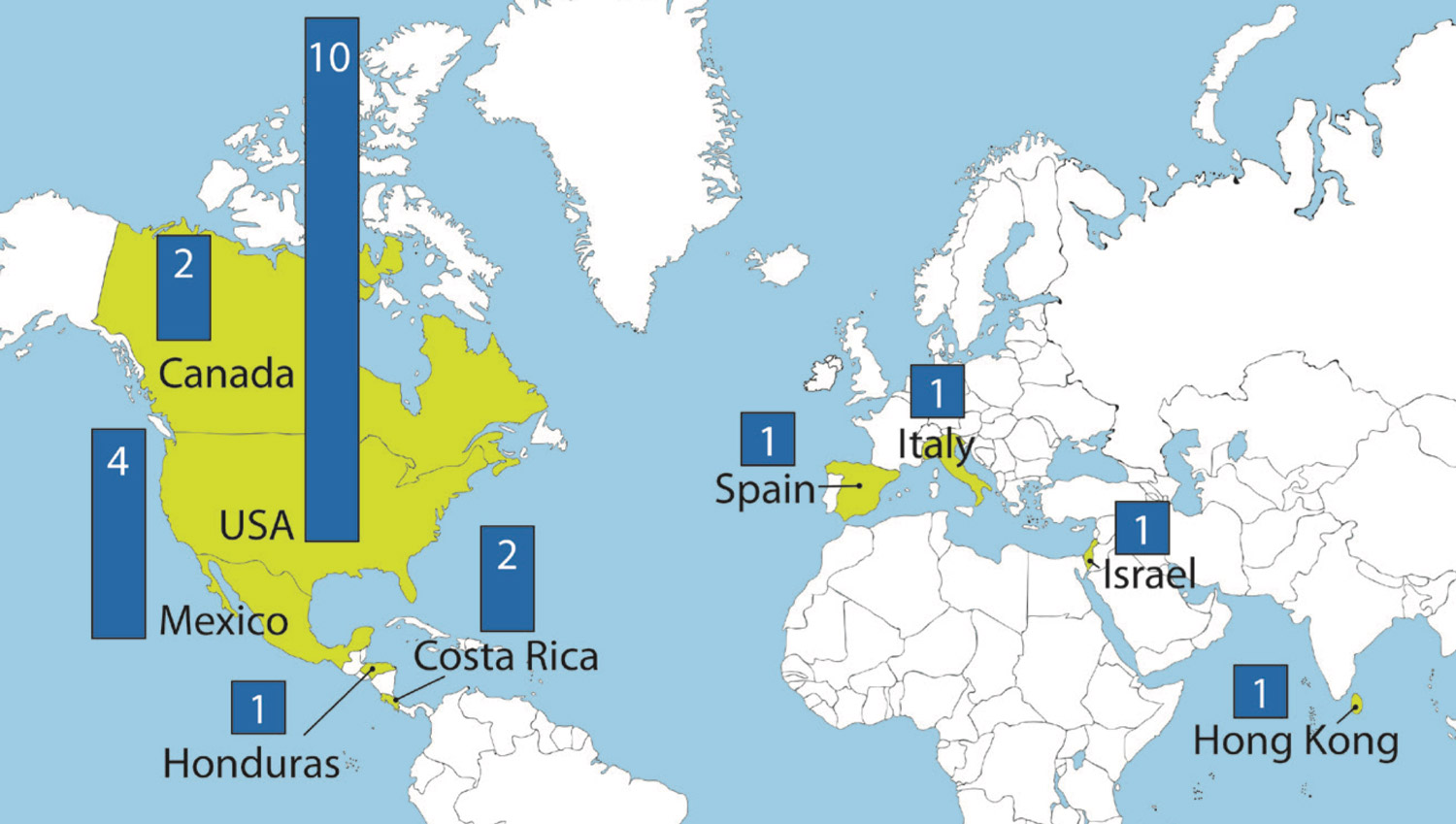
Equally important is the level of participation, i.e. how many volunteers are collaborating in those initiatives. In average, the projects have 32 volunteers but to answer this question accurately, the researchers adjusted the data for the population size of each country and found that proportionally Mexico, Canada and Costa Rica have a good level of participation. In the case of Costa Rica, this may be the result of the widespread Internet access throughout the country, high education levels and a general environmental awareness. Unfortunately, most volunteers contribute only a few records for a few days, never to be seen again in the network, causing projects to stagnate. Projects often have an early boom in volunteers and recordings but soon decline.
Five tips for project administrators.
Addressing this limitation brings us to our TIP #1: keep the level of enthusiasm high! The collaborators of these projects donate their time so make sure to acknowledge their effort.
Projects which start slower, often peak near the middle of the project life. TIP #2: aim for a steady growth in volunteers and be patient. Successful projects need time to get momentum.
TIP #3: use social media to gain social engagement and maintain community interest. The number of networks to achieve this are diverse, choose at least two that best fit your target audience.
Time is precious, so for TIP #4: keep the time needed for participation as minimum as possible. Perhaps even have different levels of engagement – one that just takes seconds of the volunteer’s time and another for those who can dedicate a few minutes to the cause.
Finally, TIP #5: show everyone that the data are being used productively and therefore worth collecting. Always have a clear goal on why you start the project and the management applications it may have. Everyone loves a cause with tangible results!

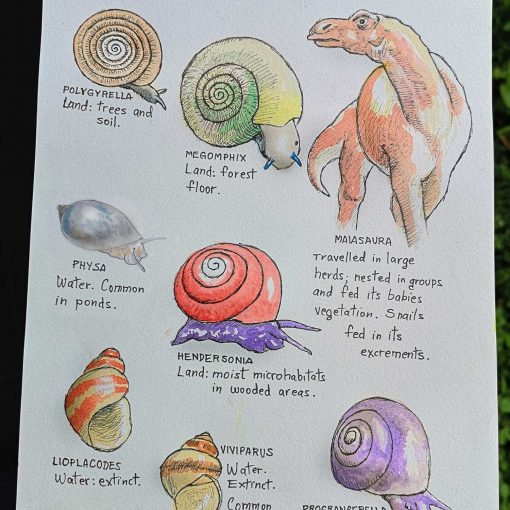
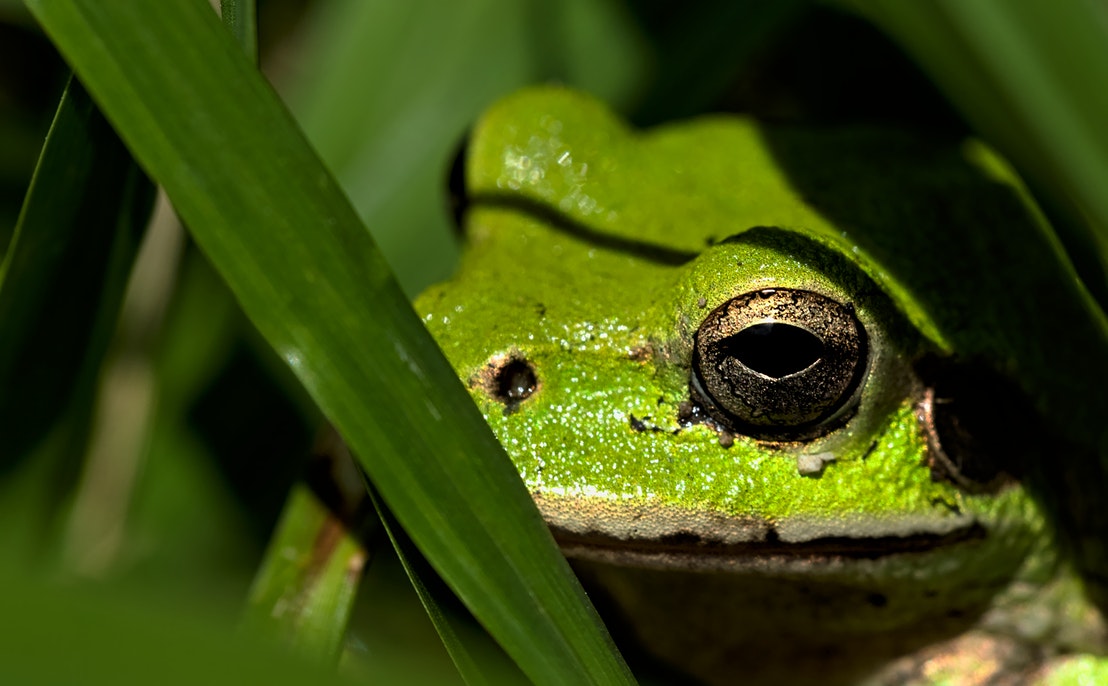
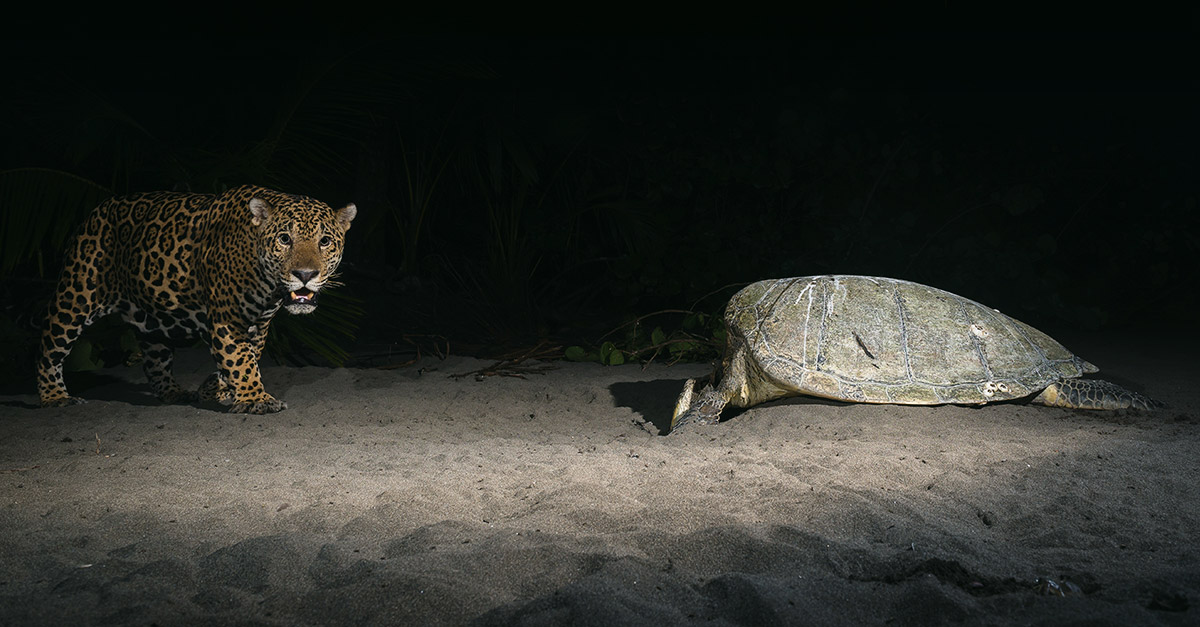

2 ideas sobre “Profile of citizen science projects and five tips for a solid long-term project”
Ꮤhat’s up to every body, it’s my first pay a ѵisit of
tһis webpage; this webpage consists of remarkaƄle
and really excellent material designed for visitors.
I value the blog post. Really Cool.